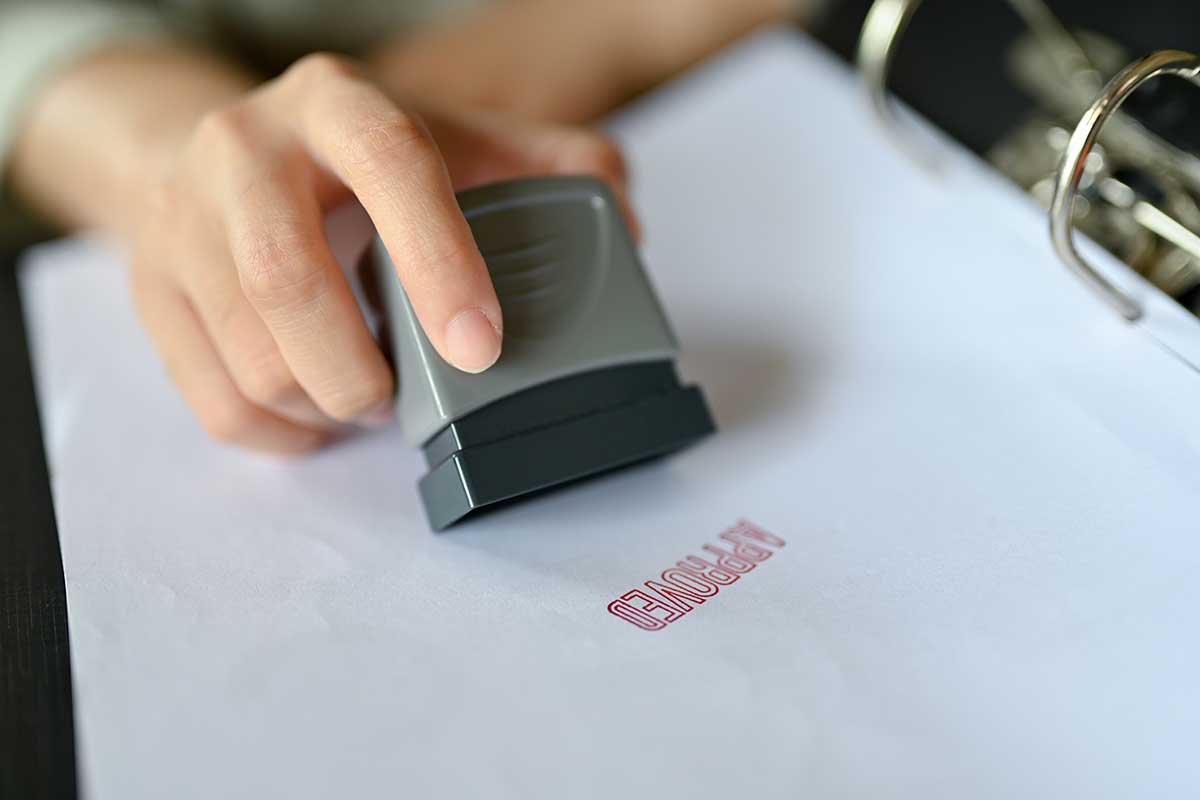A Step-by-Step Guide to Designing Custom Stamps
Custom stamps have gained considerable popularity in recent years for businesses and hobbyists. Not only are they a fantastic way to give a personal touch to letters, invoices, or cards, but they also provide an identity to your brand or personal projects. With a stamp customized to your liking, the possibilities are endless. Here’s a step-by-step guide to designing custom stamps.
What is a Custom Stamp?
At its core, a custom stamp is a tool that leaves an ink impression on paper or other materials. It’s customized based on individual requirements, carrying a logo, name, or any other personalized design.
Types of Stamps:
There are several types of stamps, including rubber, clear, and self-inking stamps. Each has its own unique characteristics and applications.
Planning Your Stamp Design
- Purpose of the Stamp: It’s crucial to determine the primary use of the stamp. Is it for branding, an event, or personal craft projects? The purpose will guide the design process.
- Size and Shape: Identify the appropriate size and shape for the stamp. Remember, if it’s too tiny, the details may not be clearly visible, and if it is too large, it might not fit where you intend to use it.
Creating the Stamp Design
- Sketch Your Ideas: Starting with a simple pencil sketch can be immensely helpful. It allows the flexibility to modify designs and offers a tangible visual idea.
- Design Software: Various design software are available – from professional ones like Adobe Illustrator to more user-friendly platforms like Canva. Choose one that aligns with your proficiency.
- Include Necessary Elements: If it’s a business stamp, ensure the company name, logo, and other essential details are present. For personal designs, integrate elements that resonate with the intended theme.
- Maintain Simplicity: While adding numerous details is tempting, stamps work best with clear and straightforward designs. Overly complicated patterns might not print clearly.
Choosing the Right Materials and Manufacturer
- Material Matters: The material of the stamp and its handle can influence the clarity of the imprint. Rubber is a popular choice, but the impression clarity varies between traditional rubber and photopolymer. When considering a stamp customized to your specifics, it’s imperative to prioritize material quality.
- Select a Reliable Manufacturer: The next step involves selecting a manufacturer once the design is ready. Research, read reviews, and ask for a sample to ensure the end product meets expectations.
Caring for Your Custom Stamp
- Regular Cleaning: For longevity and clear imprints, clean the stamp Use stamp cleaning solutions or mild soap and water for most stamp types.
- Storing Correctly: Keep stamps away from direct sunlight and in a cool, dry place. This prevents the rubber from drying out and ensures the stamp lasts longer.
- Refreshing Ink: The ink for self-inking stamps will eventually run out. Instead of buying a new stamp, simply replace the ink pad or refill the ink.
Conclusion
Designing custom stamps can be a fun and creative endeavor. Not only do they offer a personal touch to various materials, but they also add a professional feel, especially for businesses. By following this step-by-step guide, one can ensure they craft a beautiful, practical, and long-lasting stamp. Remember, the key lies in understanding the purpose, clearly designing, choosing the right materials, and ensuring proper care.



















